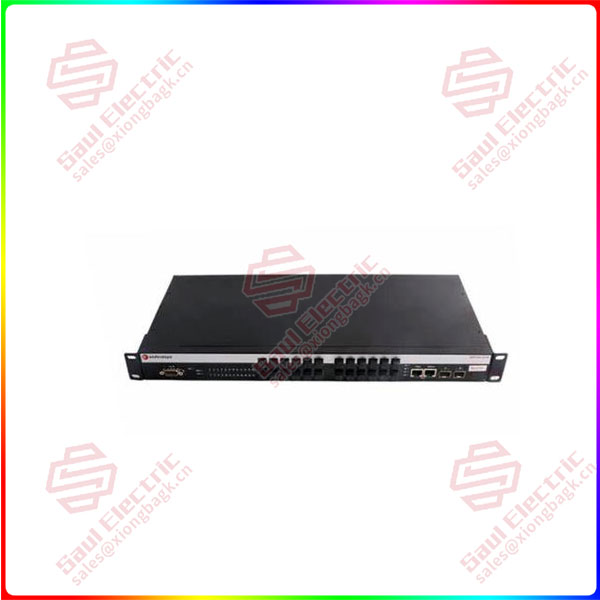How to break 5%?
Although the integration of 5G and industrial Internet has achieved good results, there is still a long way to go before it penetrates into the core industrial links. In 2021, ten departments such as the Ministry of Industry and Information Technology issued the 5G Application “Sail” Action Plan (2021-2023), which clearly stated that by 2023, the 5G application penetration rate of large industrial enterprises will exceed 35%.
However, the penetration rate of 5G in the industrial manufacturing enterprise industry is only about 5%, which shows that there are still no small challenges in the integration development process of the two. Some industry insiders told reporters that while 5G+ industrial Internet is booming, it also faces problems such as insufficient enterprise demand, imperfect network supporting facilities, unclear business model, and security guarantee.
First of all, it is the lack of subjective initiative of enterprises. Because the integrated development of “5G+ Industrial Internet” is subject to the digital level of industrial infrastructure, many domestic enterprises are still in the transition stage from industry 2.0 to industry 3.0, and they need to complete the transformation of enterprise internal networks, production equipment and production lines before investing in 5G technology transformation, so many industrial enterprises have not yet reached the conditions for 5G application. The need for implementation is not urgent.

A2H124-24FX P0973BJ
Second, 5G deployment and application costs are high. Compared to 4G networks, 5G networks work in higher frequency bands and signal decay faster. In order to achieve the same coverage, more indoor and outdoor base stations need to be deployed, and at the same time, the power consumption of 5G base stations is about twice that of 4G, which greatly increases the cost of 5G network construction and operation. It is worth noting that there are fewer types of key products for 5G industrial applications such as 5G industrial terminals, chips, modules, and gateways, and especially the price of thousands of yuan has seriously affected the enthusiasm of industrial enterprises to deploy 5G applications.
Third, the business model is unclear. Due to the uneven level of information technology of industrial enterprises, the network requirements of different scenarios are very different, it is difficult to form a common model for large-scale replication and promotion like 2C, and the current operators do not have the relevant experience of “5G+ industrial Internet” network construction and operation and maintenance, and have not yet formed a clear cooperation model. In addition, it is difficult to establish a profit model for 5G application in the industrial Internet field in the short term, but the investment in 5G network construction is large, which means that the funding gap is large, and the industry construction prospects are not optimistic.
Finally, the standard system and safety system have not yet been established. The network architecture of 5G and industrial Internet is relatively open, and many important data are easily “exposed” and attacked by various means, and the security prevention and control system such as the core standards and systems of the unified “5G+ Industrial Internet” integration field has not yet been formulated, which makes it difficult for many existing protection technologies to cope with.
It can be seen that the completion of the 5G application penetration rate of large industrial enterprises in 2023 is more than 35%, breaking the current status quo of 5%, the task is difficult and onerous.
 1 Year Warranty
1 Year Warranty




